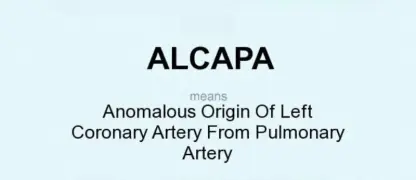Double Outlet Right Ventricle (DORV) is a complex congenital heart condition. Understanding its symptoms, diagnosis, and treatment options is vital for care.
What are the main causes of double outlet right ventricle (DORV)?
- DORV develops during fetal growth when both great arteries connect to the right ventricle instead of separating normally.
- Genetic mutations or chromosomal abnormalities significantly increase the risk of congenital heart defects like DORV.
- Maternal health factors, including diabetes, viral infections, or substance exposure during pregnancy, can contribute to improper heart development.

Double outlet right ventricle symptoms and early signs
>>> Discover more: Early diagnosis of Truncus Arteriosus saves your life
Key symptoms of double outlet right ventricle (DORV) to watch for
- Babies may experience rapid breathing, fatigue, and bluish skin due to reduced oxygen flow in the body.
- Poor feeding habits, slow growth, and low weight gain often indicate underlying heart complications.
- Repeated respiratory infections or frequent lung congestion can signal DORV-related circulatory problems.
How can you prevent the double outlet right ventricle (DORV) effectively?
- Prenatal care with regular ultrasounds helps detect congenital heart defects early for timely medical planning.
- Managing maternal health, including diabetes control and vaccination, lowers risks of fetal heart malformations.
- Avoiding harmful substances such as alcohol, tobacco, and drugs during pregnancy significantly reduces congenital defect risks.

Double outlet right ventricle surgery procedures explained
>>> Discover more: Total Anomalous Pulmonary Venous Return (TAPVR) overview
Images visual examples of double outlet right ventricle
Double outlet right ventricle (DORV) is a rare congenital heart defect where both the aorta and pulmonary artery arise from the right ventricle. This condition disrupts normal blood circulation, often requiring surgical intervention early in life.







>>> Discover more: Partial Anomalous Pulmonary Venous Return (PAPVR) overview
Managing Double Outlet Right Ventricle (DORV) requires timely diagnosis and care. Awareness of symptoms and treatments helps improve outcomes for patients.





